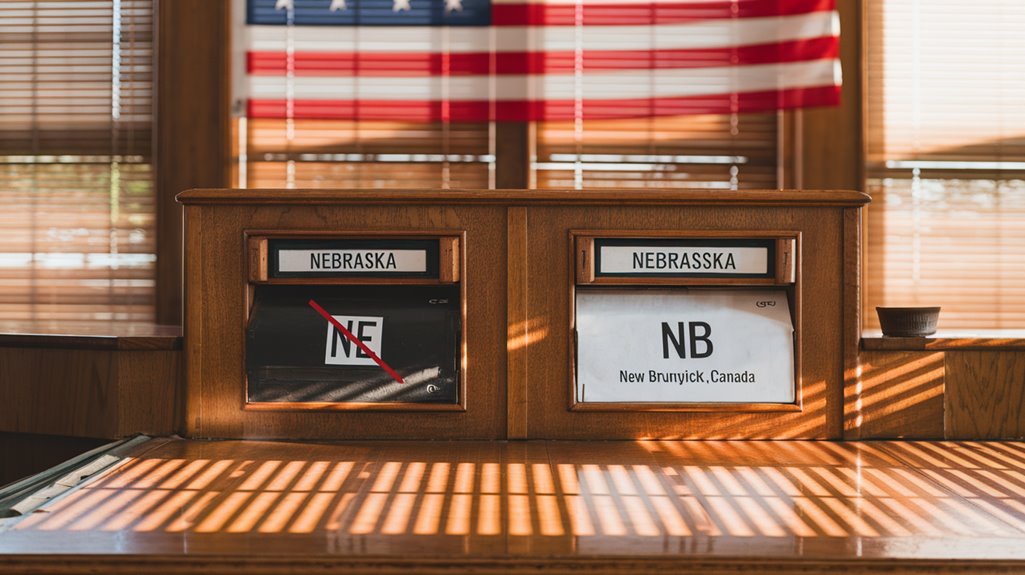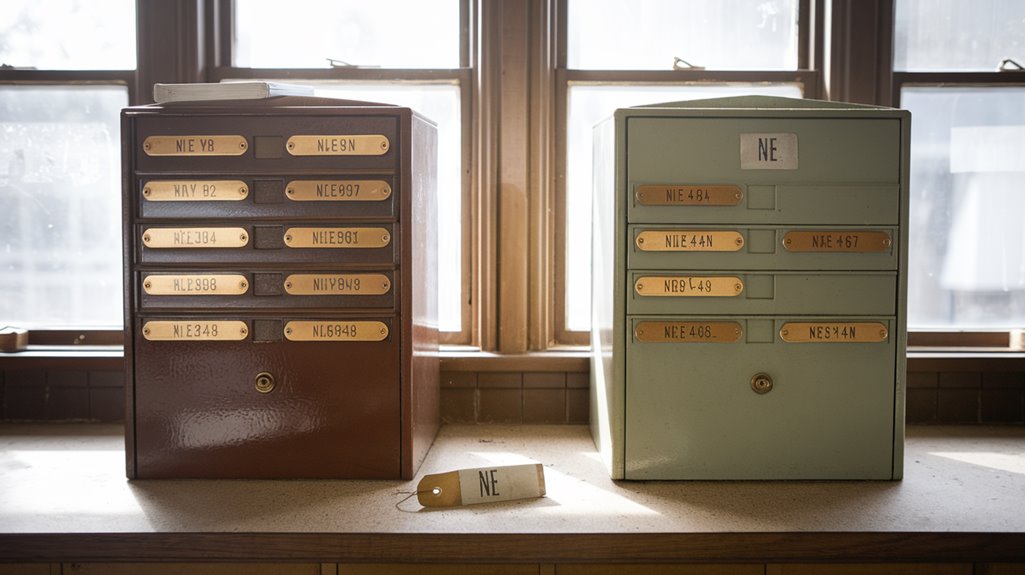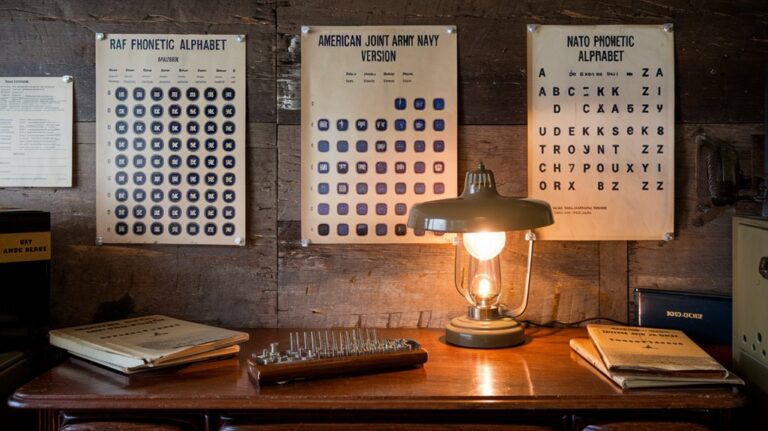NEbraska’S Postal Abbreviation Changed From NB to NE
You might think a state's postal abbreviation is set in stone, but Nebraska's story proves otherwise. In 1969, the Cornhusker State made a subtle but significant switch from "NB" to "NE" – a change that reveals an interesting clash between U.S. and Canadian postal systems. While it's just a matter of two letters, this adjustment solved an international mail mix-up that had been causing headaches for postal workers and citizens on both sides of the border.
The Canadian Conflict Over NB

Despite what some might assume, there was never any significant conflict between Canada and the United States over the "NB" postal abbreviation. When Nebraska changed its abbreviation from "NB" to "NE," the decision was more about standardization than resolving any international dispute.
New Brunswick continues to use "NB" in its postal code system without any complications. The Canadian province's unique alphanumeric format (like E3N for Campbellton) is distinctly different from U.S. state abbreviations, making confusion unlikely. For example, many New Brunswick communities like Harvey York County utilize the E6K prefix in their postal codes. New Brunswick has been entirely urbanized with all rural postal codes phased out.
You'll find that international postal systems are designed to handle these different abbreviations efficiently. The geographical separation between the two regions and their placement in different countries has helped maintain clarity in postal operations.
Both postal systems work independently, with each country's abbreviations recognized and respected by international mailing organizations.
Historical Background of State Postal Codes
While today's familiar two-letter state abbreviations seem like they've always been around, they actually emerged through a complex evolution spanning over 130 years.
The state abbreviation history began in 1831, when postal officials first introduced varying-length codes like "Al." for Alabama and "Mic. T." for Michigan Territory.
The postal code evolution continued through several updates in 1874 and 1943, maintaining longer abbreviations like "Cal." and "Nebr." The initial shift in June 1963 included three to four letters for each state.
The real transformation came in 1963 when the Post Office Department introduced ZIP codes. To accommodate addressing equipment's 23-character limit, they needed shorter state codes. This new system was designed to simplify mail processing and make deliveries more efficient.
In October 1963, they established the two-letter system you know today. Only one change occurred after that: Nebraska switched from "NB" to "NE" in 1969 to avoid confusion with New Brunswick, Canada.
Why Nebraska Made the Switch
Shortly after introducing the two-letter state abbreviation system in 1963, Nebraska's postal code "NB" created an unexpected international challenge.
Canada Post's implementation of provincial codes sparked the need for change when they assigned "NB" to New Brunswick, leading to potential mail confusion between the two regions.
The abbreviation significance became clear as postal clarity issues emerged across North American mail routes. The two-letter standard was created due to maximum line capacity of 23 positions for addressing. The U.S. Postal Service adopted these changes as part of its commitment to postal communication evolution.
You'll find that Nebraska's switch to "NE" in November 1969 marked a pivotal moment in postal history, making it the only state to change its two-letter code.
Key impacts of the change include:
- Improved international mail delivery efficiency
- Enhanced distinction between U.S. and Canadian destinations
- Established precedent for future postal code adjustments
This collaborative solution between U.S. and Canadian postal services has successfully prevented confusion for over five decades.
Impact on Mail Delivery Systems
After Nebraska adopted the "NE" abbreviation in 1969, mail delivery systems experienced considerable improvements in efficiency and accuracy.
You'll find that this change considerably reduced confusion between Nebraska and New Brunswick, Canada, leading to better mail routing across international borders.
The update enhanced postal efficiency in several ways. Your mail now reaches its intended destination more reliably, thanks to the clear distinction between the two regions.
The change improved coordination between the USPS and Canada Post, ensuring you won't experience delivery delays or misdirected mail. The new abbreviation was quickly integrated into mailing software and databases, making it easier for you to send and receive mail accurately.
Since this successful implementation, the NE abbreviation has become a model for maintaining clarity in postal operations. This change was part of a larger standardized two-letter system that began transforming postal operations in 1963.
Implementation and Public Response

During the late 1960s, Nebraska's postal abbreviation shift from NB to NE emerged from Canada Post's direct request to the U.S. The change, implemented in November 1969, was part of a broader postal standardization effort across North America to prevent confusion with New Brunswick, Canada. This change proved successful, as demonstrated when Betsy Knudson won $38,601 after correctly identifying this postal history fact on Jeopardy.
You'll find that public adaptation to this change aligned with other significant postal reforms of the era, including the introduction of ZIP codes in 1963. The shift received support from both U.S. and Canadian postal authorities.
Key aspects of the implementation included:
- Coordination between U.S. and Canadian postal services
- Seamless integration into existing mail sorting systems
- Clear communication to guarantee smooth public adoption
This change has remained consistent since its implementation, demonstrating the success of the postal standardization effort and the public's ability to adapt to new mailing standards.










